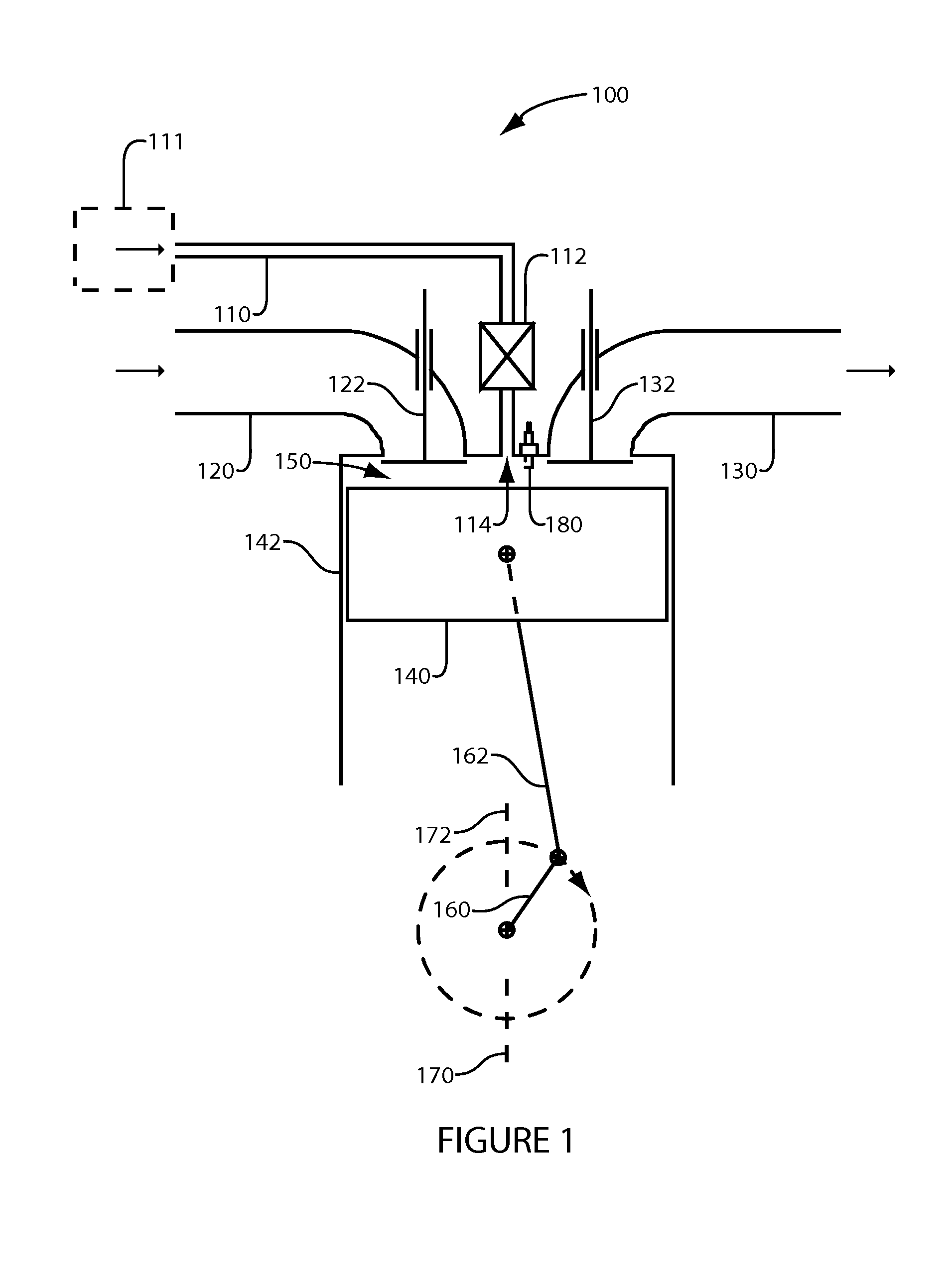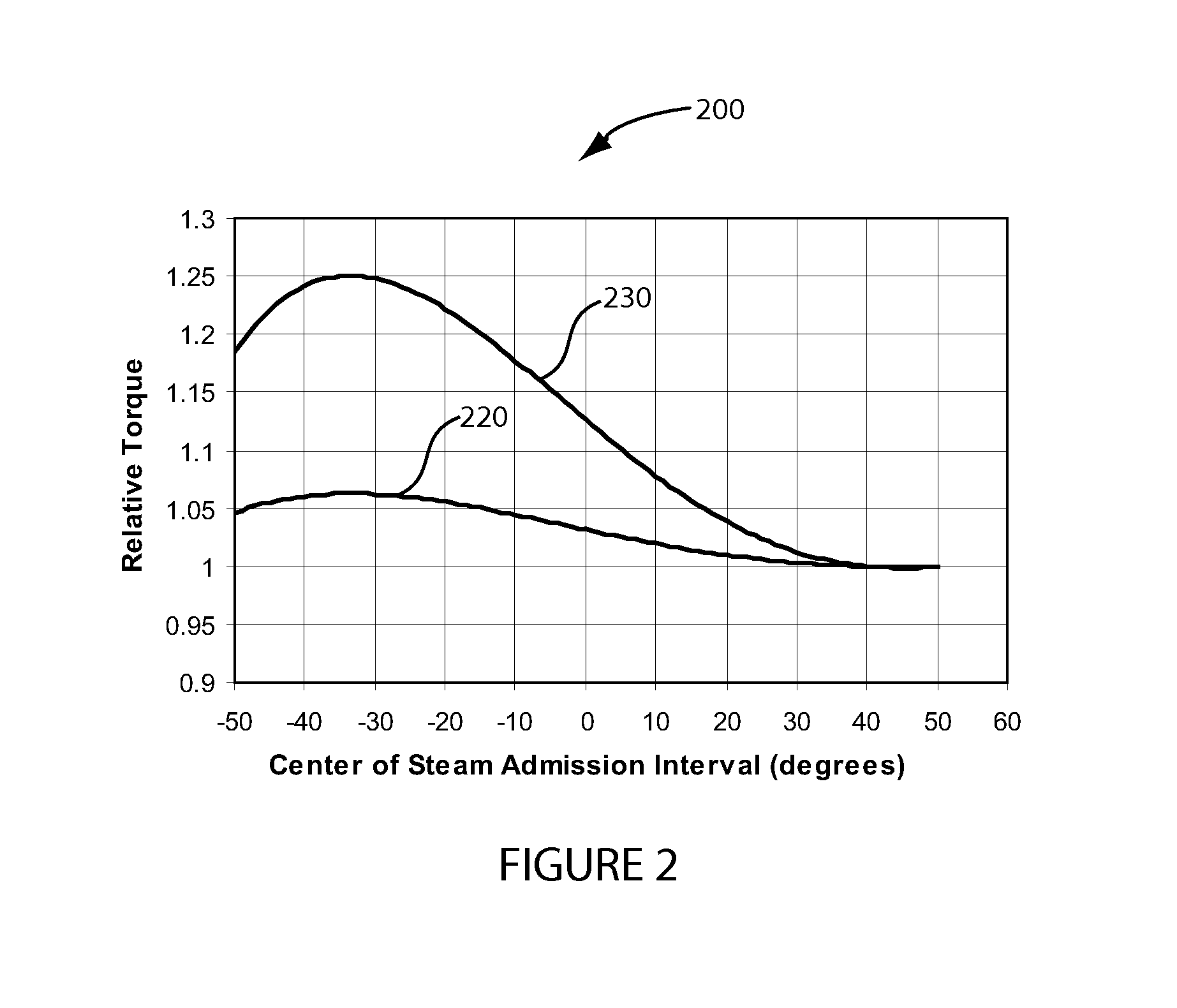High efficiency, ternary mix engine
a mix engine, high efficiency technology, applied in the direction of machines/engines, mechanical equipment, non-fuel substance addition to fuel, etc., can solve the problems of increasing the cost of fuel consumption, so as to maximize the heat available for generating steam, prevent damage from freezing, and save heat
- Summary
- Abstract
- Description
- Claims
- Application Information
AI Technical Summary
Benefits of technology
Problems solved by technology
Method used
Image
Examples
Embodiment Construction
[0074]FIG. 1 illustrates a representative embodiment of the Ternary Mix Engine. The engine 100 has a working chamber 150 and an igniter 180. The working chamber 150 comprises a cylinder 142, which serves as a fixed boundary, and a piston 140, which serves as a movable boundary for performing compression and expansion of a working fluid. The piston 140 is coupled to a rotating crankshaft 160 by a connecting rod 162 in a conventional manner. In this particular example, bottom center corresponds to a crankshaft position 170, and the end of expansion also happens to correspond to crankshaft position 170. Top center corresponds to a crankshaft position 172, and for 4-cycle operation, the end of exhaust / beginning of intake also happens to correspond to crankshaft position 172. However, for a different engine type, such as a rotary engine, bottom center and the end of expansion may be different working chamber positions, bottom center referring herein to the beginning of compression.
[0075]...
PUM
 Login to View More
Login to View More Abstract
Description
Claims
Application Information
 Login to View More
Login to View More - R&D
- Intellectual Property
- Life Sciences
- Materials
- Tech Scout
- Unparalleled Data Quality
- Higher Quality Content
- 60% Fewer Hallucinations
Browse by: Latest US Patents, China's latest patents, Technical Efficacy Thesaurus, Application Domain, Technology Topic, Popular Technical Reports.
© 2025 PatSnap. All rights reserved.Legal|Privacy policy|Modern Slavery Act Transparency Statement|Sitemap|About US| Contact US: help@patsnap.com



